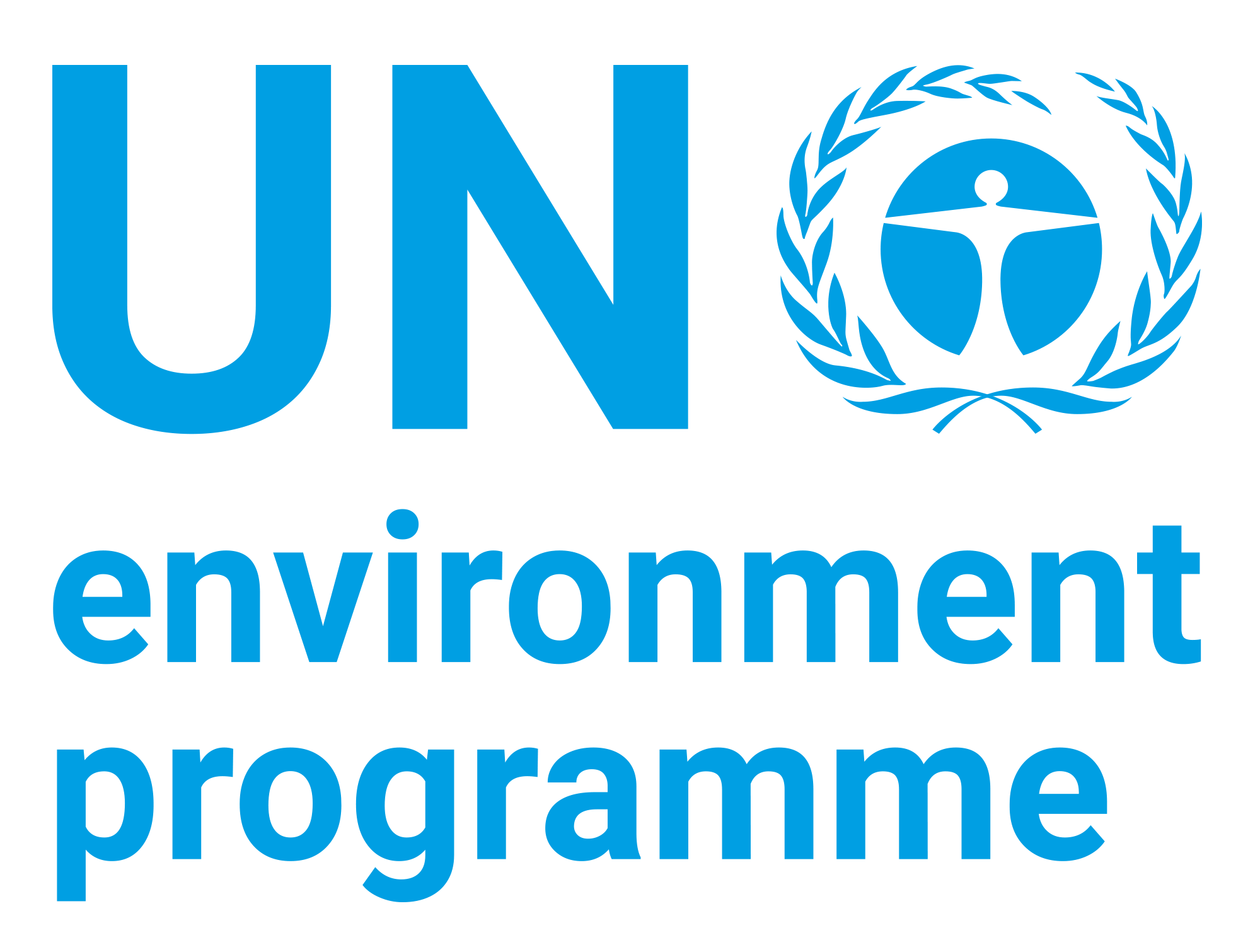Selected Non-Heterocyclic Polycyclic Aromatic Hydrocarbons - Environmental Health Criteria 202

Date
1998Author
United Nations Environment Programme
International Labour Organisation
World Health Organization
Citation Tool
Bibliographic Managers
RT Generic T1 Selected Non-Heterocyclic Polycyclic Aromatic Hydrocarbons - Environmental Health Criteria 202 A1 United Nations Environment Programme, International Labour Organisation, World Health Organization YR 1998 LK https://wedocs.unep.org/20.500.11822/29533 PB AB TY - GEN T1 - Selected Non-Heterocyclic Polycyclic Aromatic Hydrocarbons - Environmental Health Criteria 202 AU - United Nations Environment Programme, International Labour Organisation, World Health Organization Y1 - 1998 UR - https://wedocs.unep.org/20.500.11822/29533 PB - AB - @misc{20.500.11822_29533 author = {United Nations Environment Programme, International Labour Organisation, World Health Organization}, title = {Selected Non-Heterocyclic Polycyclic Aromatic Hydrocarbons - Environmental Health Criteria 202}, year = {1998}, abstract = {}, url = {https://wedocs.unep.org/20.500.11822/29533} } @misc{20.500.11822_29533 author = {United Nations Environment Programme, International Labour Organisation, World Health Organization}, title = {Selected Non-Heterocyclic Polycyclic Aromatic Hydrocarbons - Environmental Health Criteria 202}, year = {1998}, abstract = {}, url = {https://wedocs.unep.org/20.500.11822/29533} } TY - GEN T1 - Selected Non-Heterocyclic Polycyclic Aromatic Hydrocarbons - Environmental Health Criteria 202 AU - United Nations Environment ProgrammeUnited Nations Environment Programme, International Labour OrganisationInternational Labour Organisation, World Health Organization UR - https://wedocs.unep.org/20.500.11822/29533 PB - AB -View/Open
Item Statistics
Display item statisticsMetadata
Show full item recordDescription
Polycyclic aromatic hydrocarbons (PAH) constitute a large class of compounds, and hundreds of individual substances may be released during incomplete combustion or pyrolysis of organic matter, an important source of human exposure. Studies of various environmentally relcvant matrices, such as coaL combustion effluents, motor vehicle exhaust, used motor lubricating oil, and tobacco smoke, have shown that the PAl -I in these mixtures are mainly responsible for their carcinogenic potential.
Collections
Document Viewer
To read more, scroll down below.

